- Stay Connected
 Abraham Lincoln
If given the truth, the people can be depended upon to meet any national crisis...
Abraham Lincoln
If given the truth, the people can be depended upon to meet any national crisis...
 Guildford news...
for Guildford people, brought to you by Guildford reporters - Guildford's own news service
Guildford news...
for Guildford people, brought to you by Guildford reporters - Guildford's own news service
Birdwatcher’s Diary No.229
Published on: 2 Apr, 2021
Updated on: 5 Apr, 2021
By Malcolm Fincham
As frustrating as it has been for me to abide by the lockdown rules that had begun to feel as if they had been in force for an eternity, it had, on a positive note, allowed me time to investigate local areas in greater depth.
This has given me time to seek out some of the secrets nature might give up.
Locations of some recent sightings cannot be revealed due to the breeding season having begun for a number of resident species.
Looking out for any harbingers of spring, I was delighted to find a few as we approached the spring equinox – this year falling on March 20. Conveniently, it brought with it a settled and dry spell of weather that even produced a few days of sunny periods and some pleasant temperatures when the sun shone.
One such day was warm enough to tempt out a few more recently seen brimstone butterflies, plus I was able to spot and photo my first comma butterfly of this year.
Song thrushes could now regularly heard singing from their territories.
Skylarks were now in song.
While the fluty song of the blackbird could now be regularly heard. All of these with an eye out for an opportunistic sparrowhawk, as I was too! But for me, just to attempt a photograph.
Nuthatches could be heard locally including one calling from the trees at the end of my road on numerous occasions.
Another pair I saw locally had already begun nest construction. They had found a vacant hole in an oak tree.
As often seen, they had lined the hole with mud, just enough to make it small enough to deter anything larger than themselves to enter.
Meanwhile, a pair of long-tailed tits could be noted busily building their intricately woven domed nest in a nearby bramble bush.
At Britten’s Pond a typically promiscuous group of dunnocks could be seen and heard singing vivaciously.
Attempting to drown out their songs, in the top of a silver birch a chiffchaff continued to call out its reiterative tune.
Looking out on the pond, greylag geese had recently increased in number favouring the same location as in previous years during breeding season.
Canada geese had also continued to be present there.
While a pair of Egyptian geese could regularly be seen.
The resident pair of mute swans were preparing a nest site on one of the islands, while the cob spent much of his time attempting to chase the geese from the area he was attempting to claim.
As always, a kingfisher continued to be present, although remaining as elusive as ever.
On one occasion a pair of kingfishers could be viewed, though only fortunately capturing a few record shots of the brace together during my numerous recent visits.
Fishing was now in “close season” (kingfishers exempt), but maintenance work was still in progress.
Simon, the bailiff, was as always keeping me updated. He had informed me a little egret had been seen there just a few mornings earlier.
And on March 22 I was welcomed there by the sighting of what was probably the same little egret as it perched up in a tall willow on one of the islands on the lake. The continued bright spell of weather fashioning its white feathers to glisten in the sun.
There was also the more regular sighting of one of its cousins, the grey heron.
At least one cormorant continued to be present, also ignoring the “no fishing” signs on show.
There were sightings of red kites overhead wherever I chose to visit, their impressive wingspan making them look more foreboding than they really are.
At the other end of the “size-scale” firecrests could be seen and heard singing in a number of Guildford locations.
A relatively new addition to the Surrey countryside, this tiny, restless jewel of a bird vies with the goldcrest for the title of the UK’s smallest bird.
Like goldcrests, firecrests move through trees and bushes in constant motion in search of small insects. Making them a real challenge to photograph.
Another tiny bird seen, but more often heard locally was the wren, renown for firing off several rounds of its machine-gun-like call from the bushes.
On Whitmoor Common green woodpeckers continued to be seen feeding in the now redundant horse paddocks, adjacent to the common.
A pair of mistle thrushes could also be viewed, occasionally perching up on the fence posts.
While a few redwings, generally diminishing in number, could be seen there.
Linnets, well known for their gregarious nature, could still be seen in a group of a dozen or so, often perched up together.
Already summer migrant birds had begun to arrive to our shores. On March 26 I recorded my first sighting of two sand martins. Even managing a photo of one of them as they flew over my head.
Wheatears were also being reported in a number of parts of Surrey, having seen my previous one last year on its departure from the Isles of Scilly!
March 28 was one of promise! Clocks had been put forward and British Summertime had begun, allowing me an extra hour of daylight for my photography. There was a little more strength in the sunlight when it was allowed to shine.
Lesser celandines could now be seen in flower in abundance along the river bank.
Lady’s smock, also known as cuckoo flower, was also starting to bloom. A food plant of the orange tip butterfly, hopefully soon to emerge.
March 29 was possibly the most pleasant one of the year so far, the sun was a warm one and my first singing blackcap of the year.
Also adding a red admiral to those now coming out from hibernation.
Numerous peacock butterflies could also be seen on the wing and I also glimpsing a few small tortoiseshells.
The highlight of the day was to get several photographs of a little owl. Incredibly well camouflaged, it perched in its daytime roost, some way up in a tree.
It was also a pleasant time to watch the sun go down on Whitmoor Common.
Of course, there has also been the opportunity to watch the nesting peregrines in Woking. To date, now brooding two eggs. Click here for the webcam.



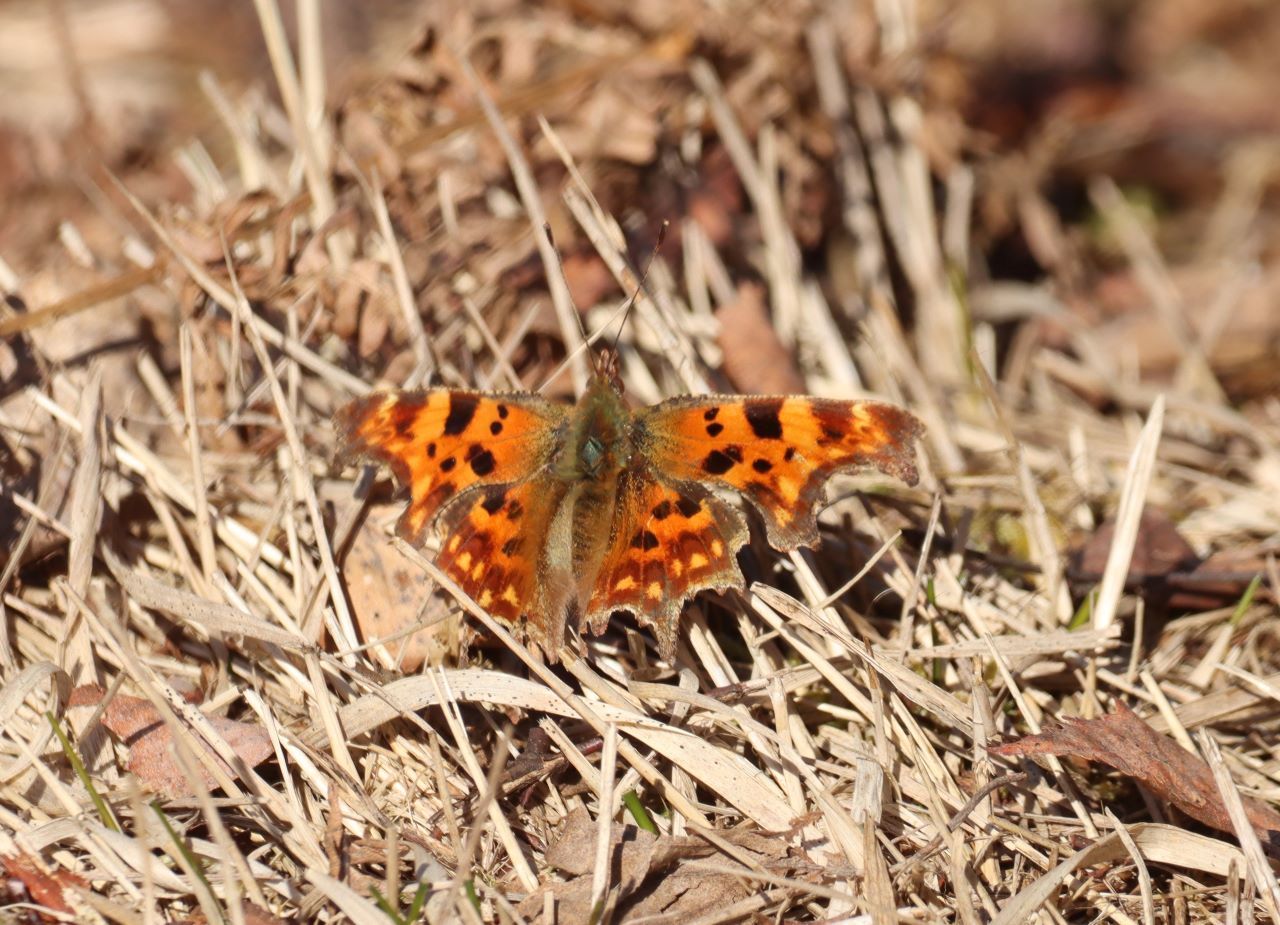
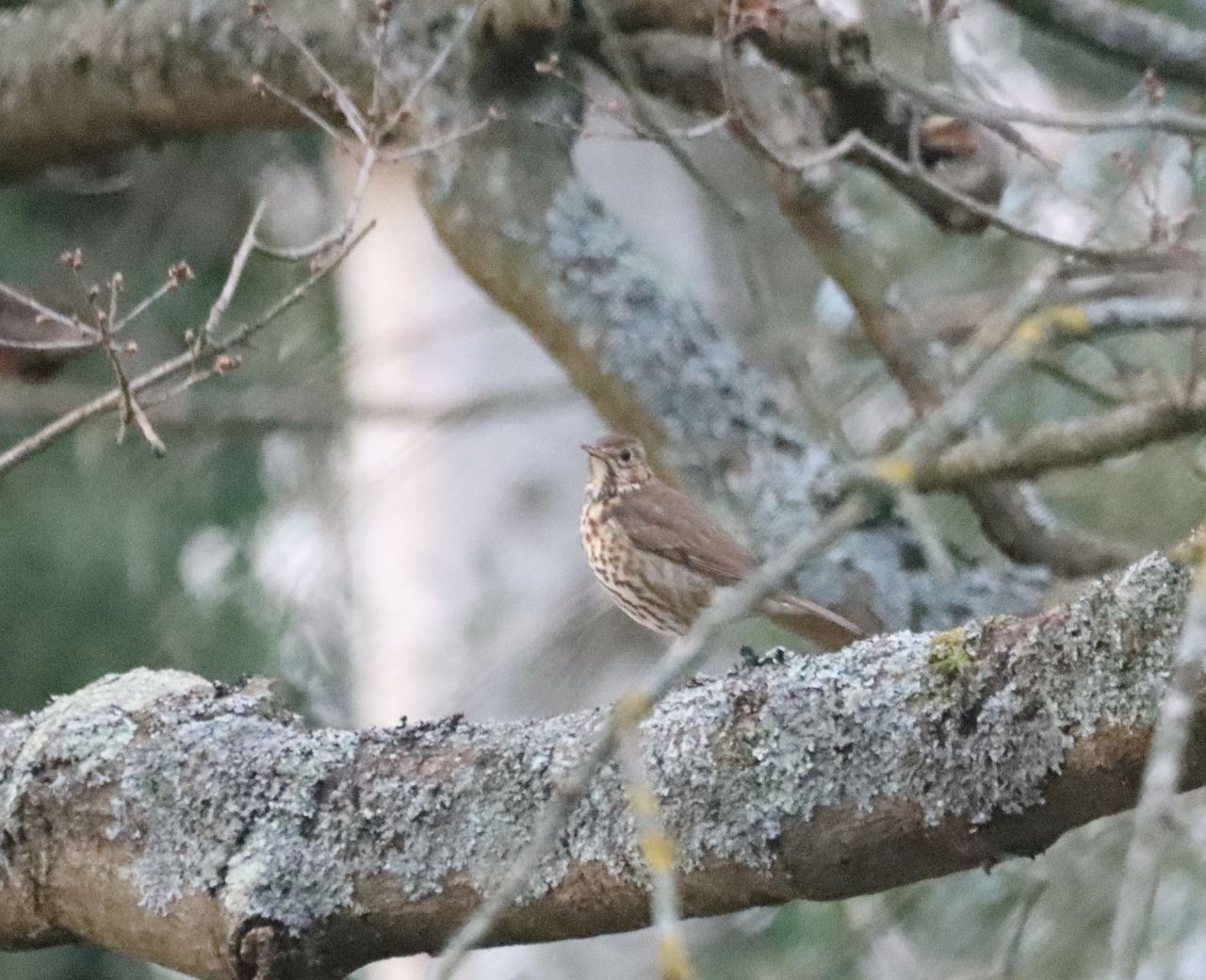

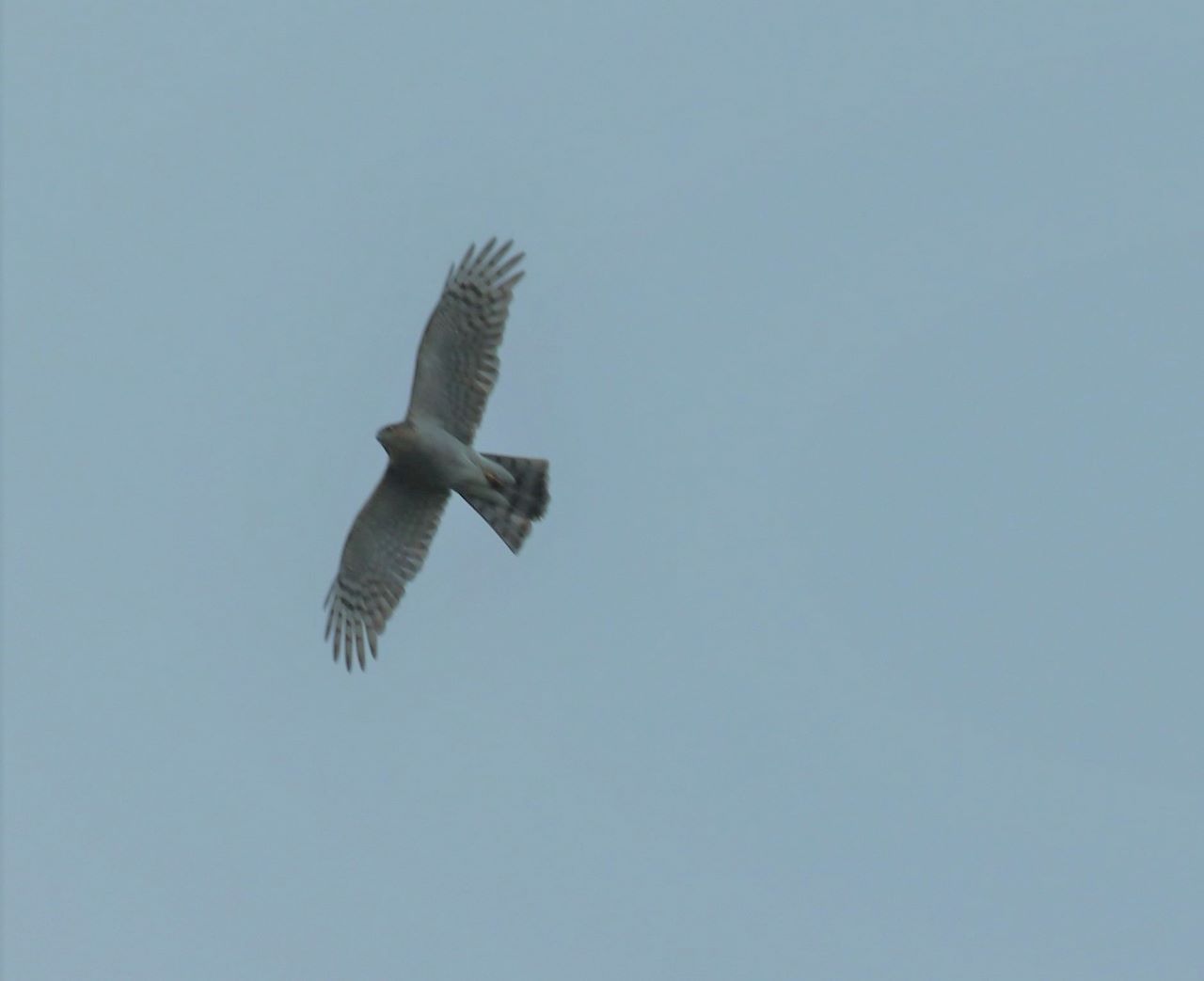


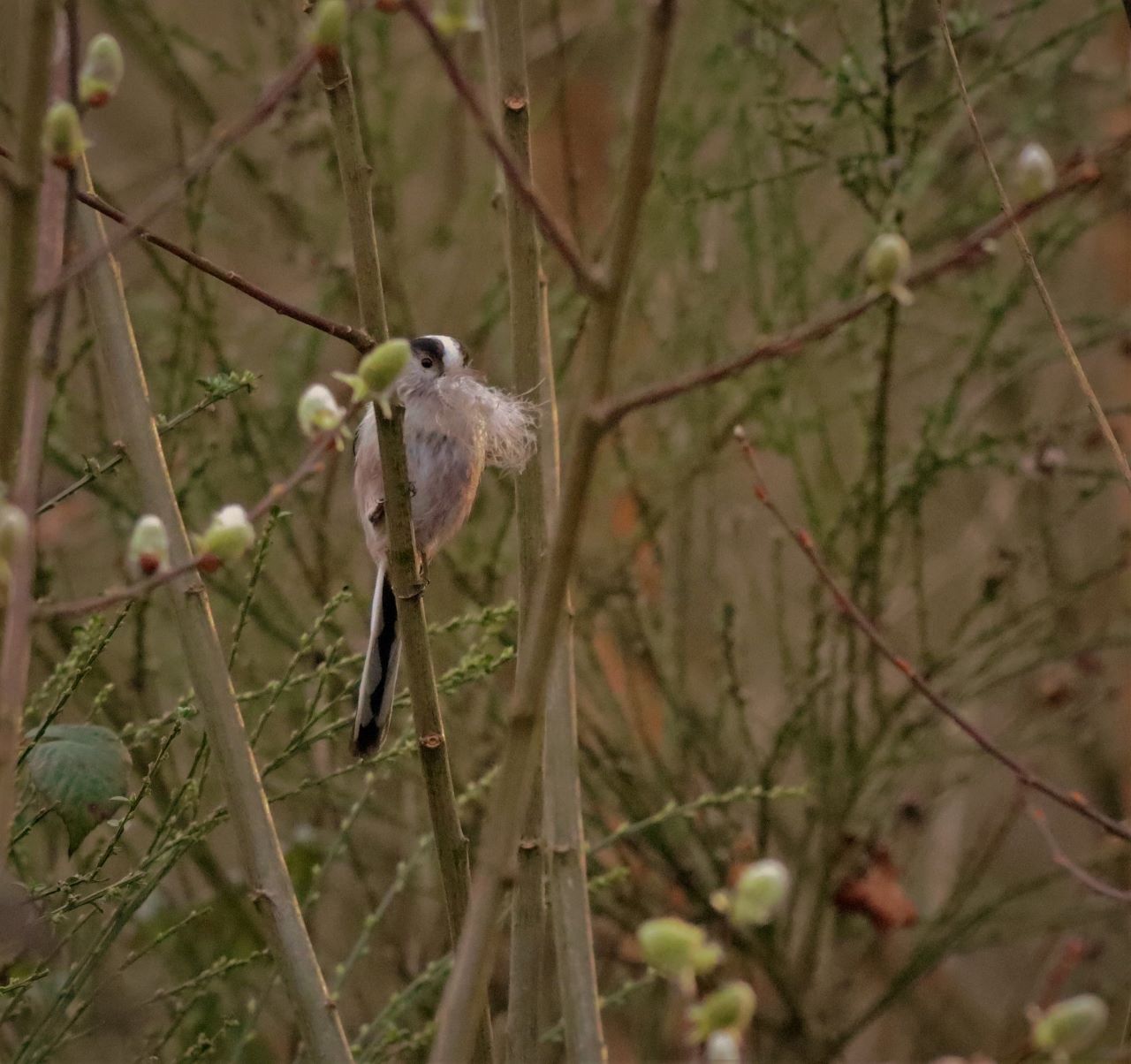

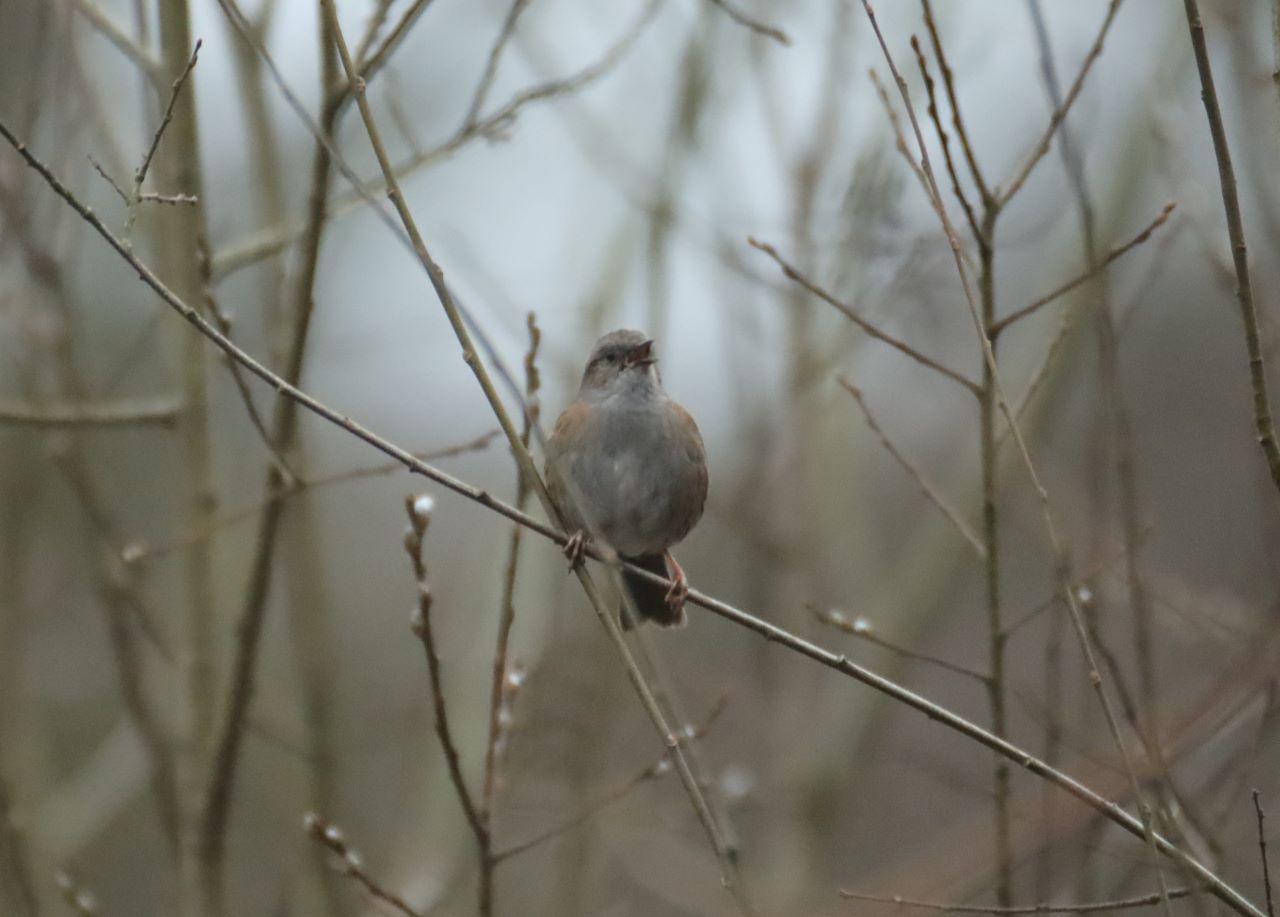



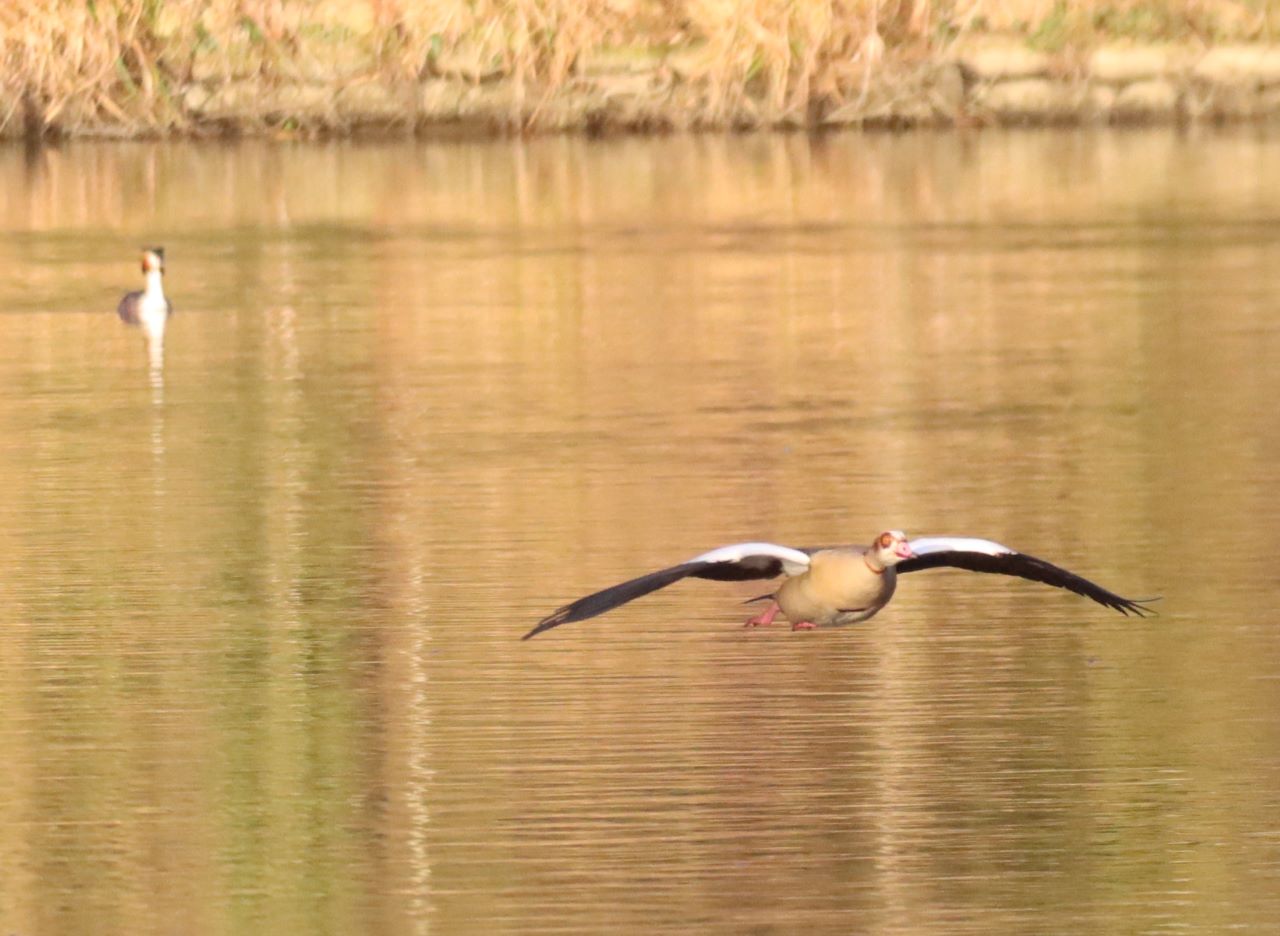


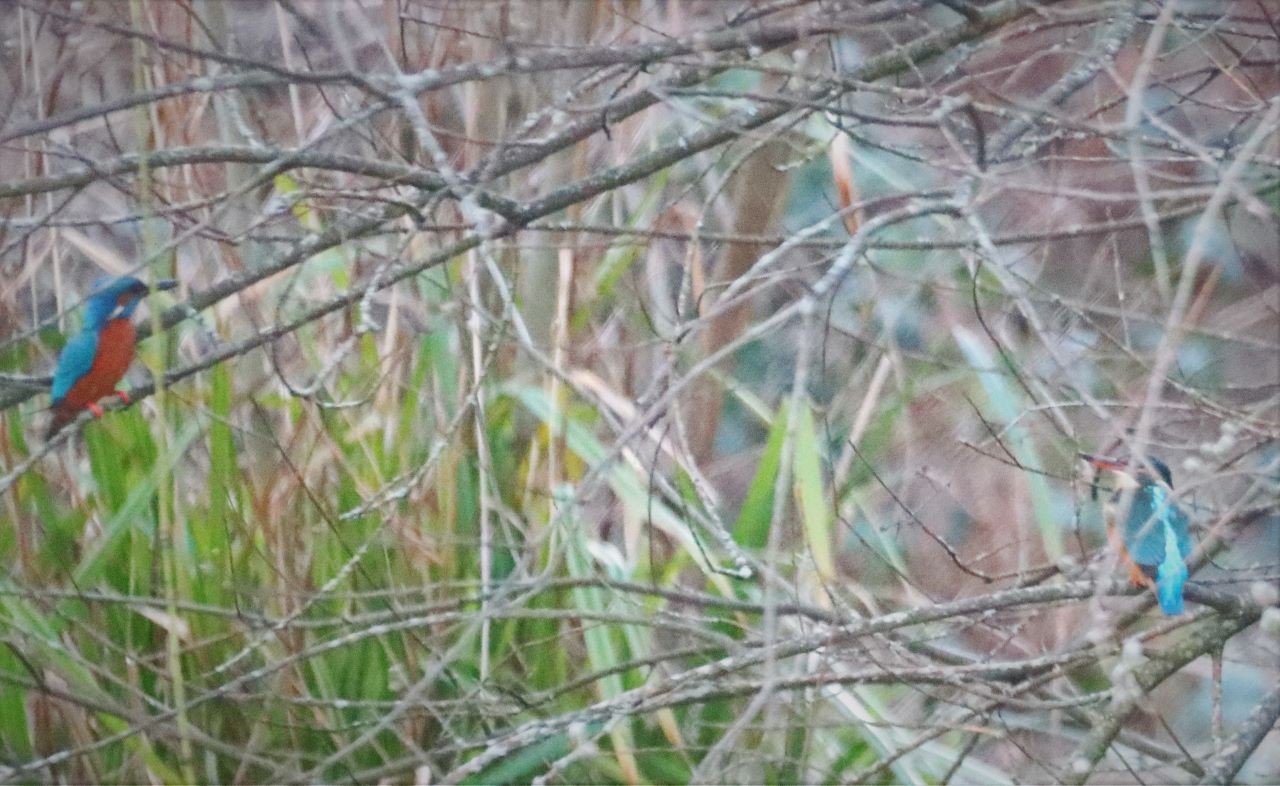
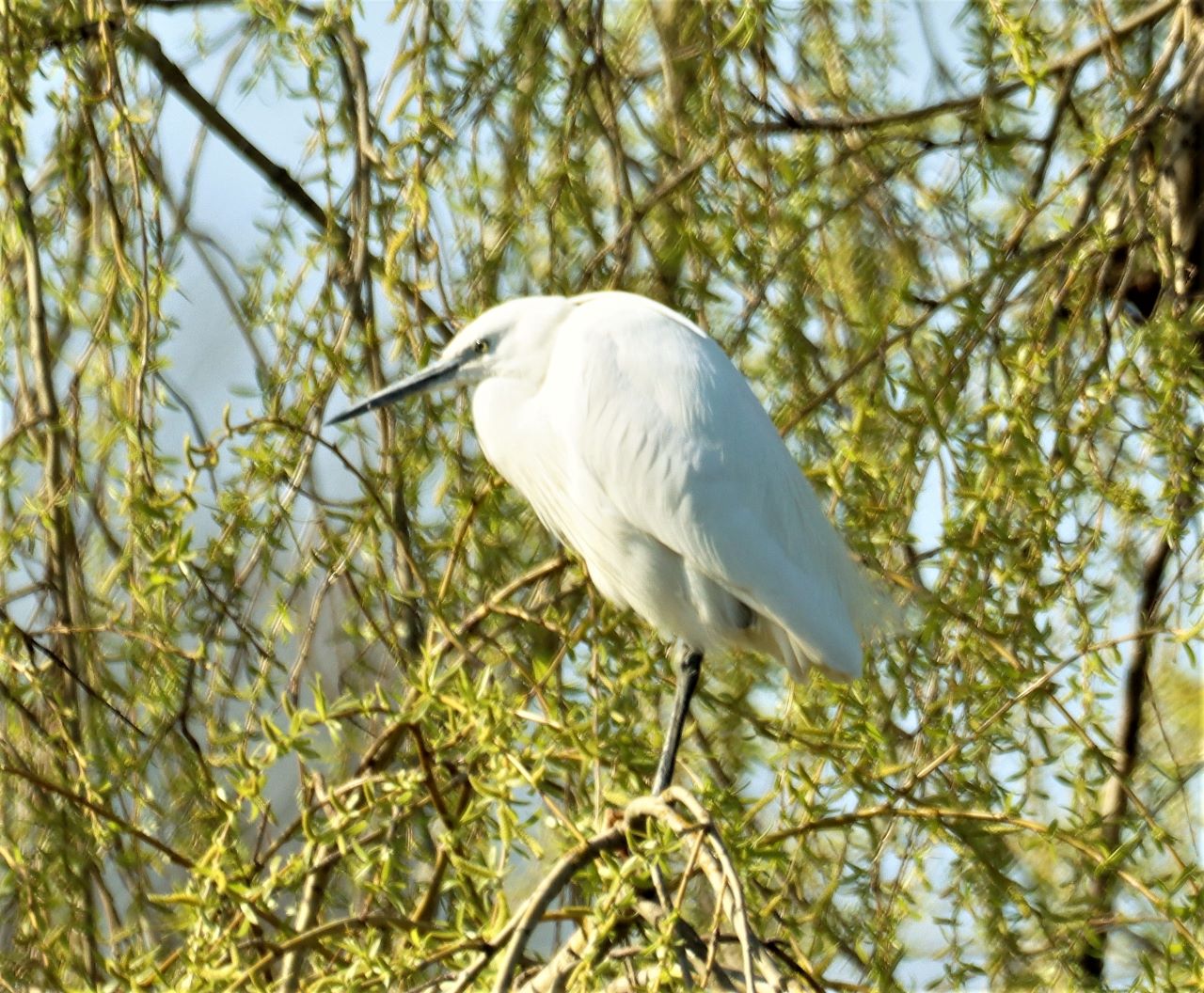
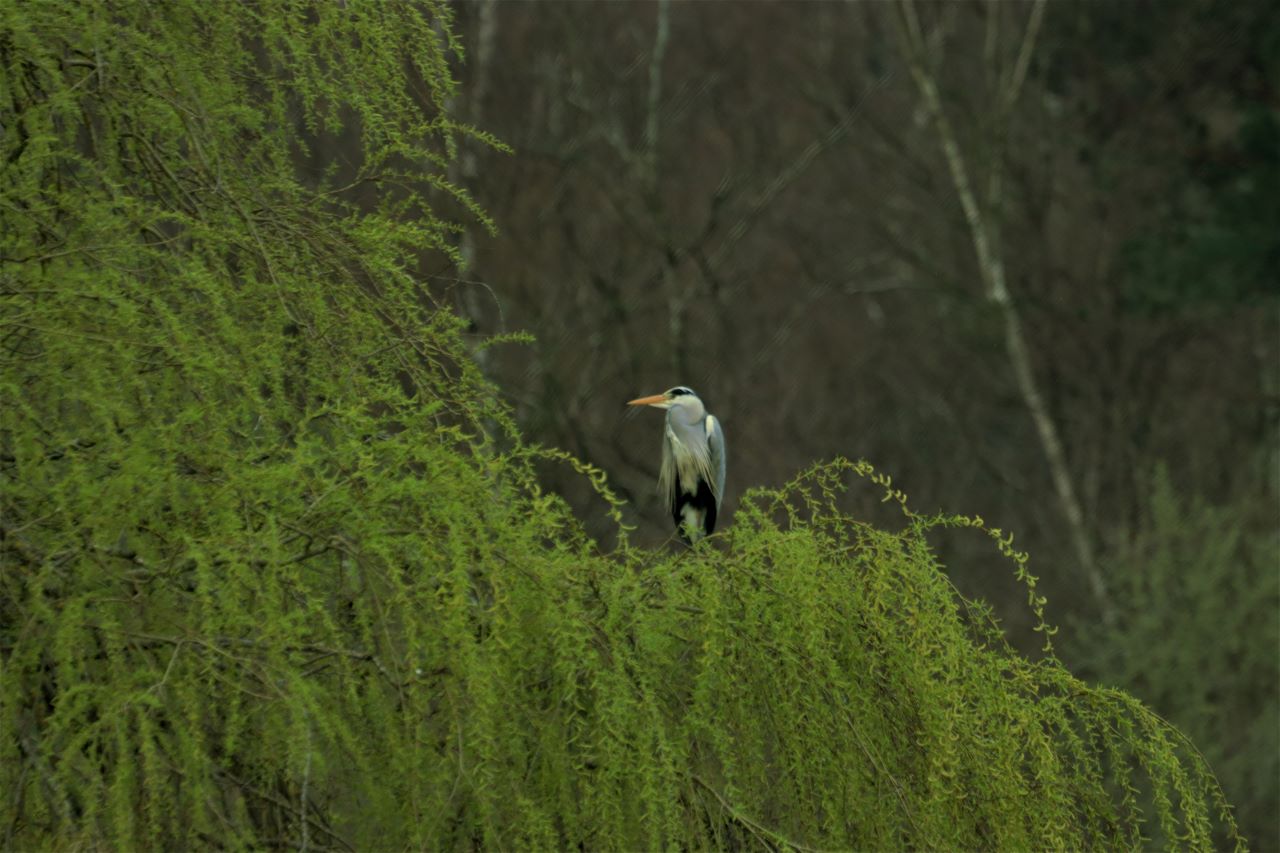
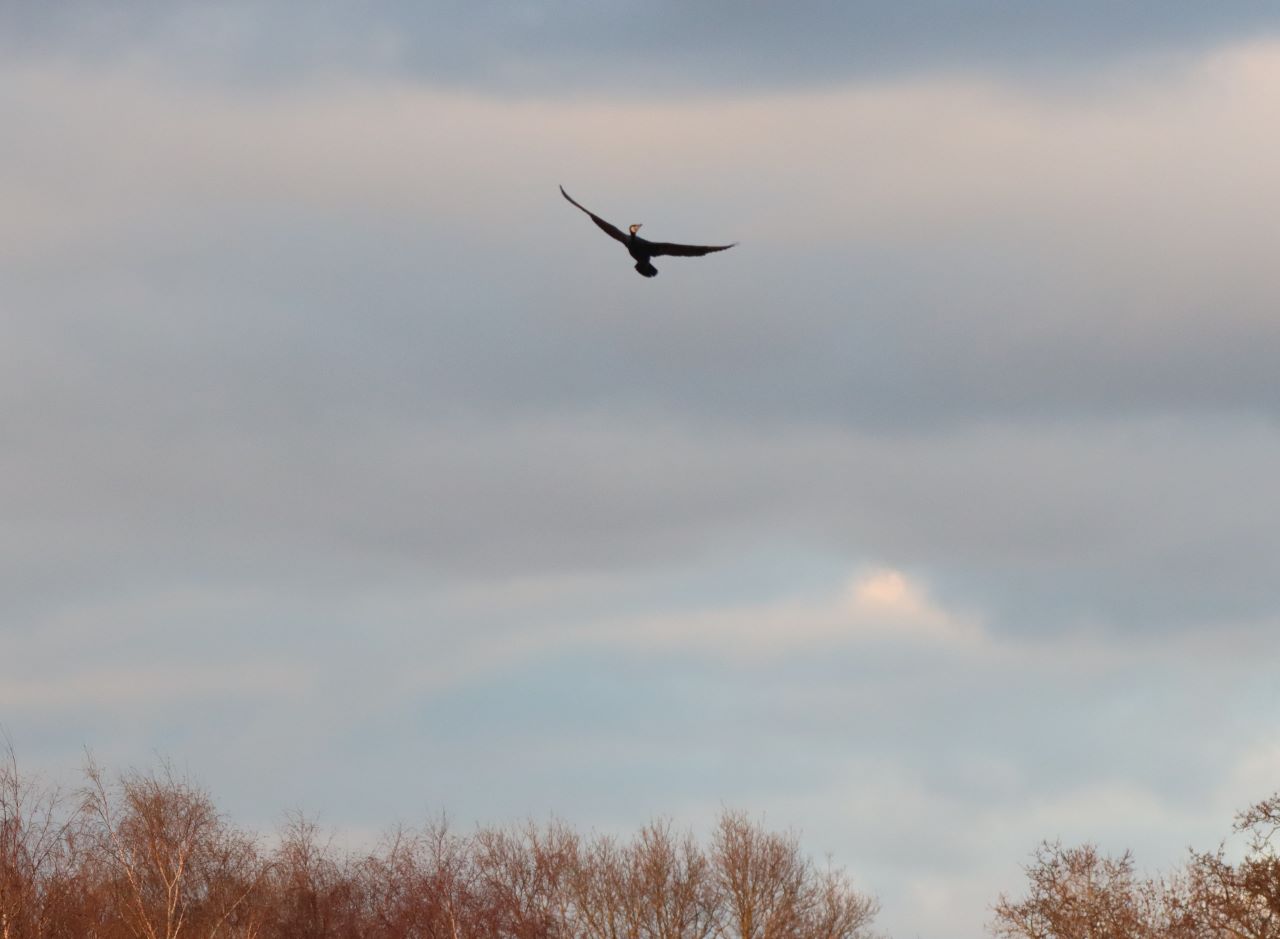
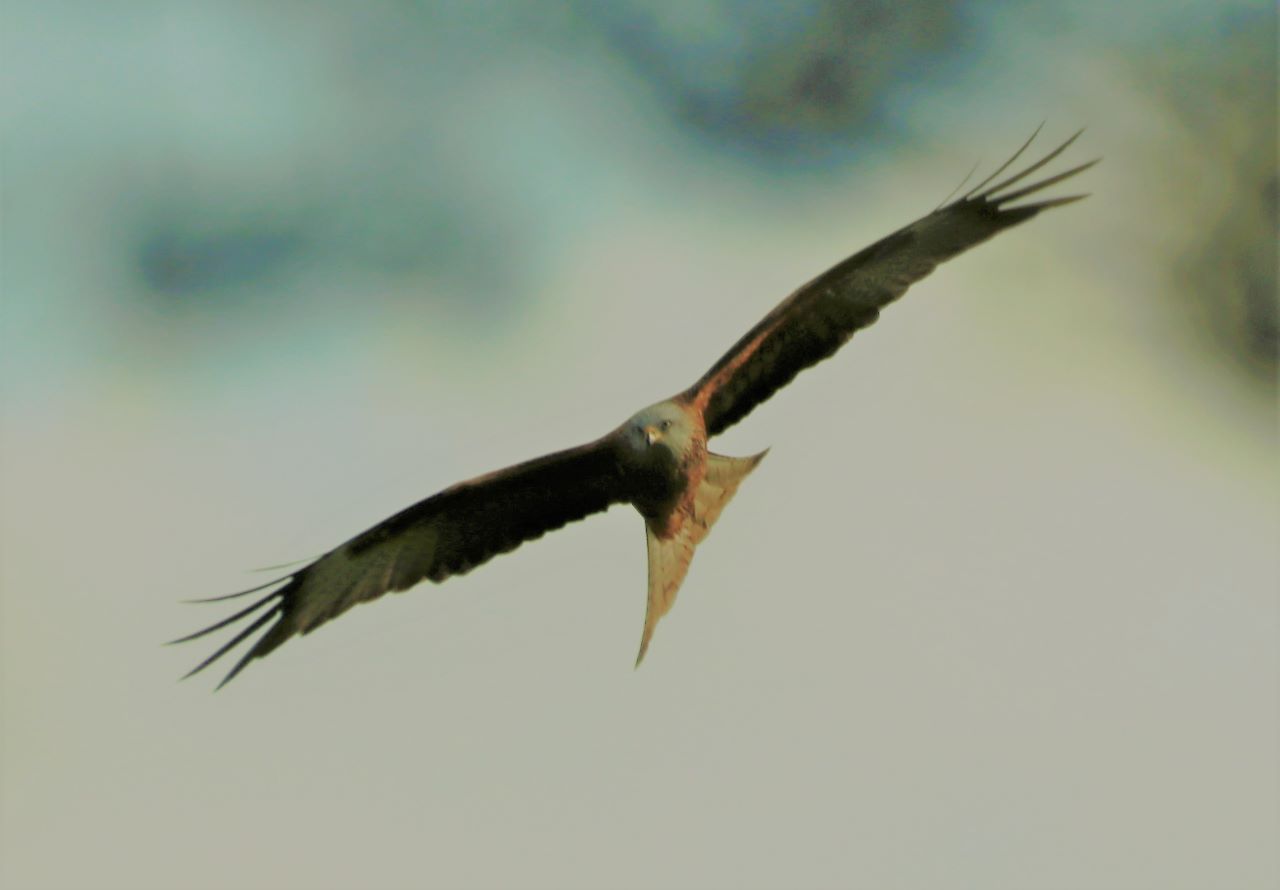
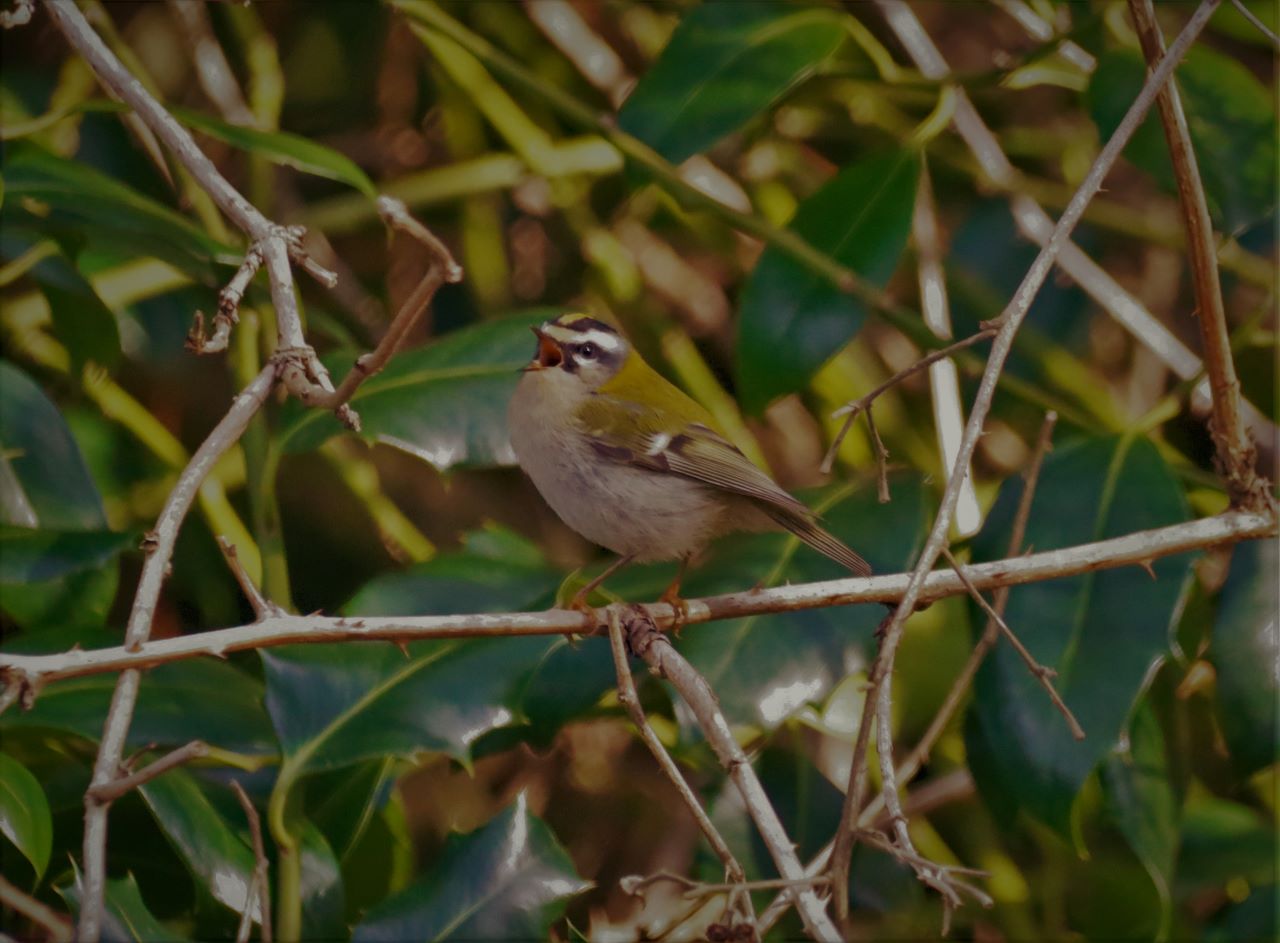






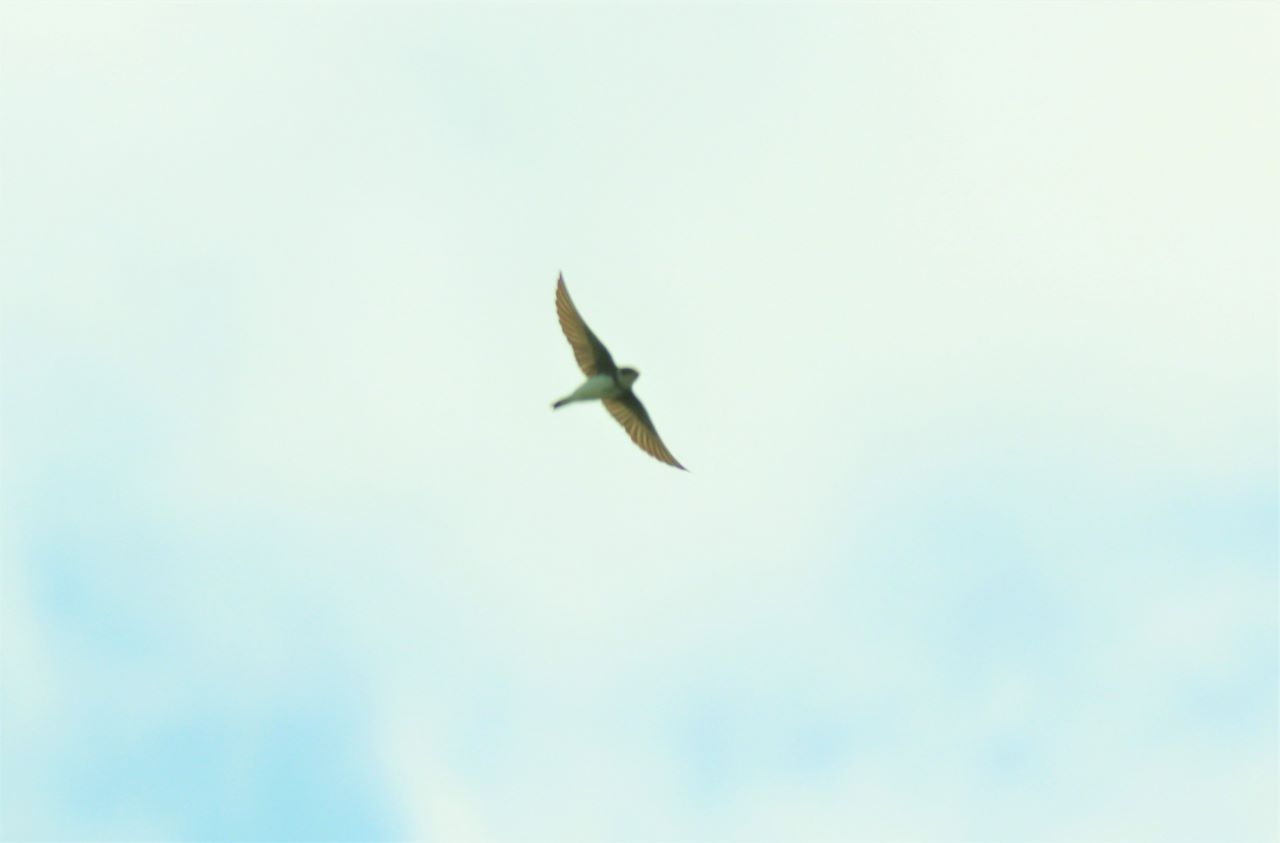
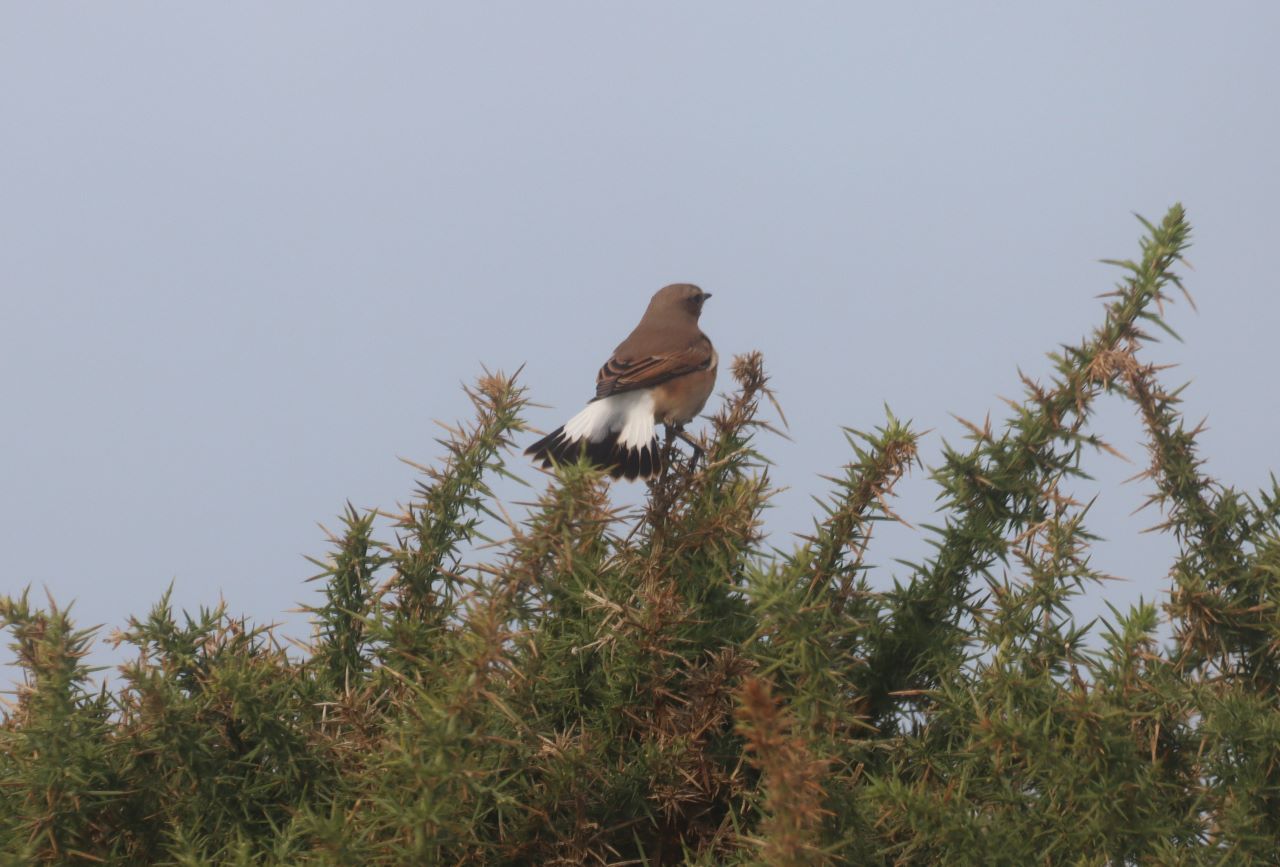
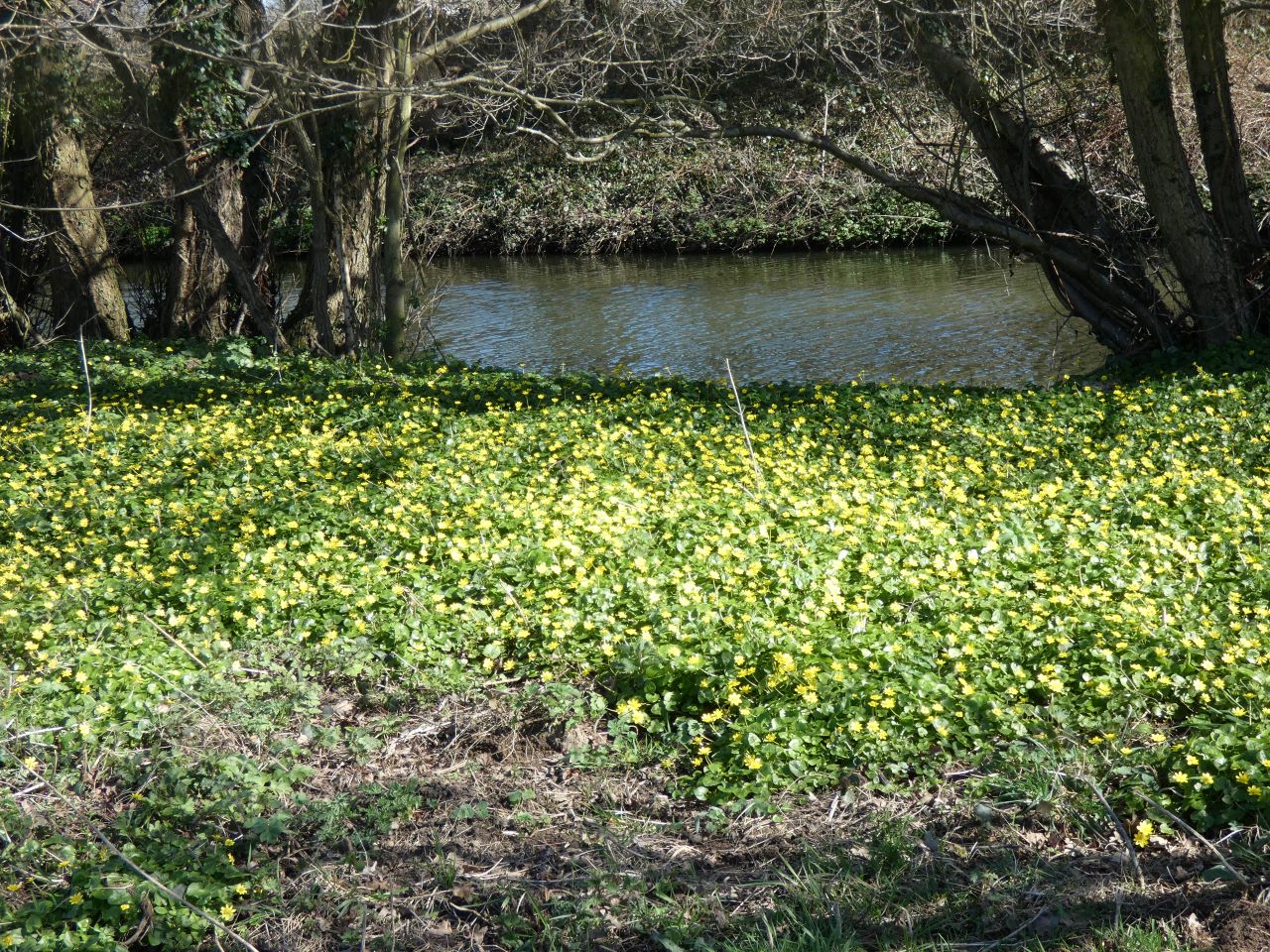
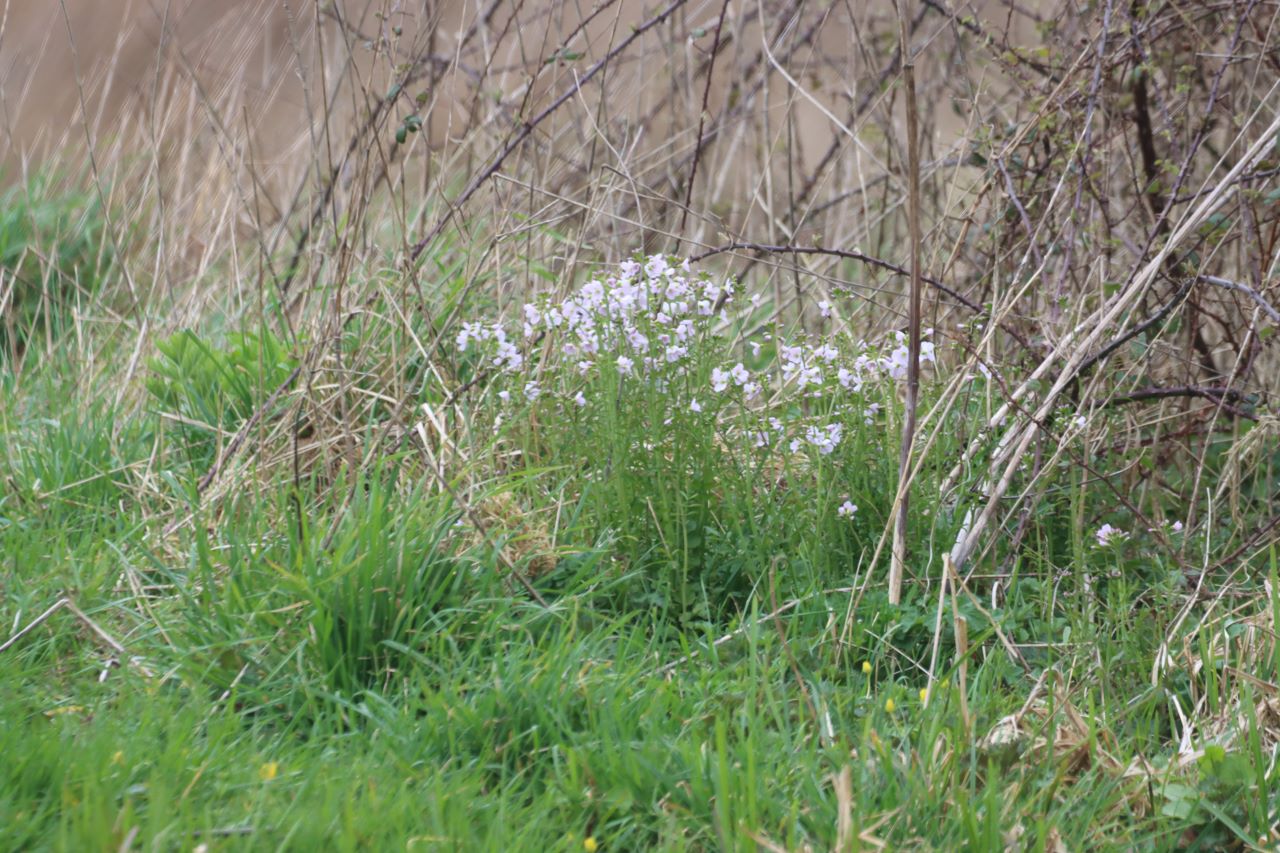
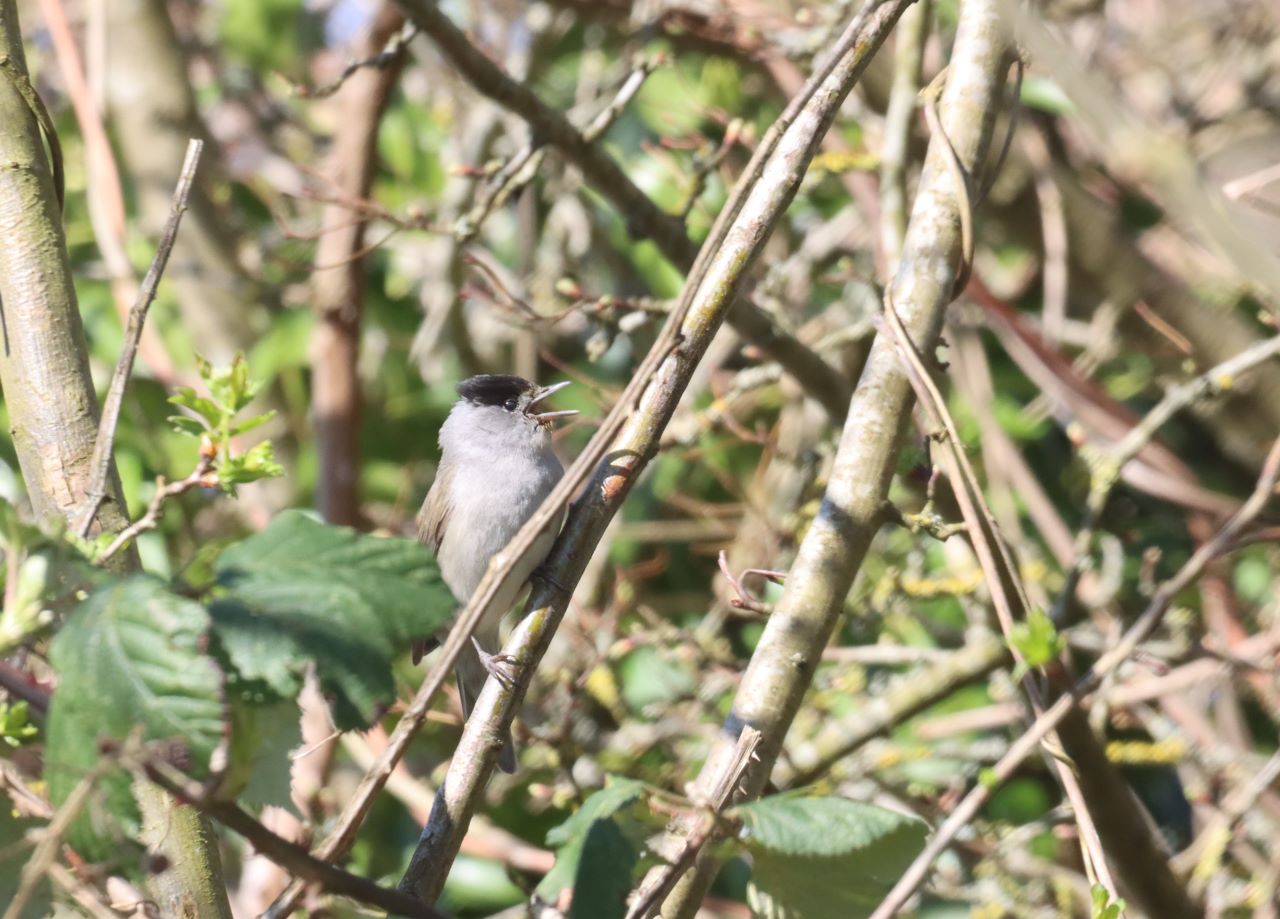
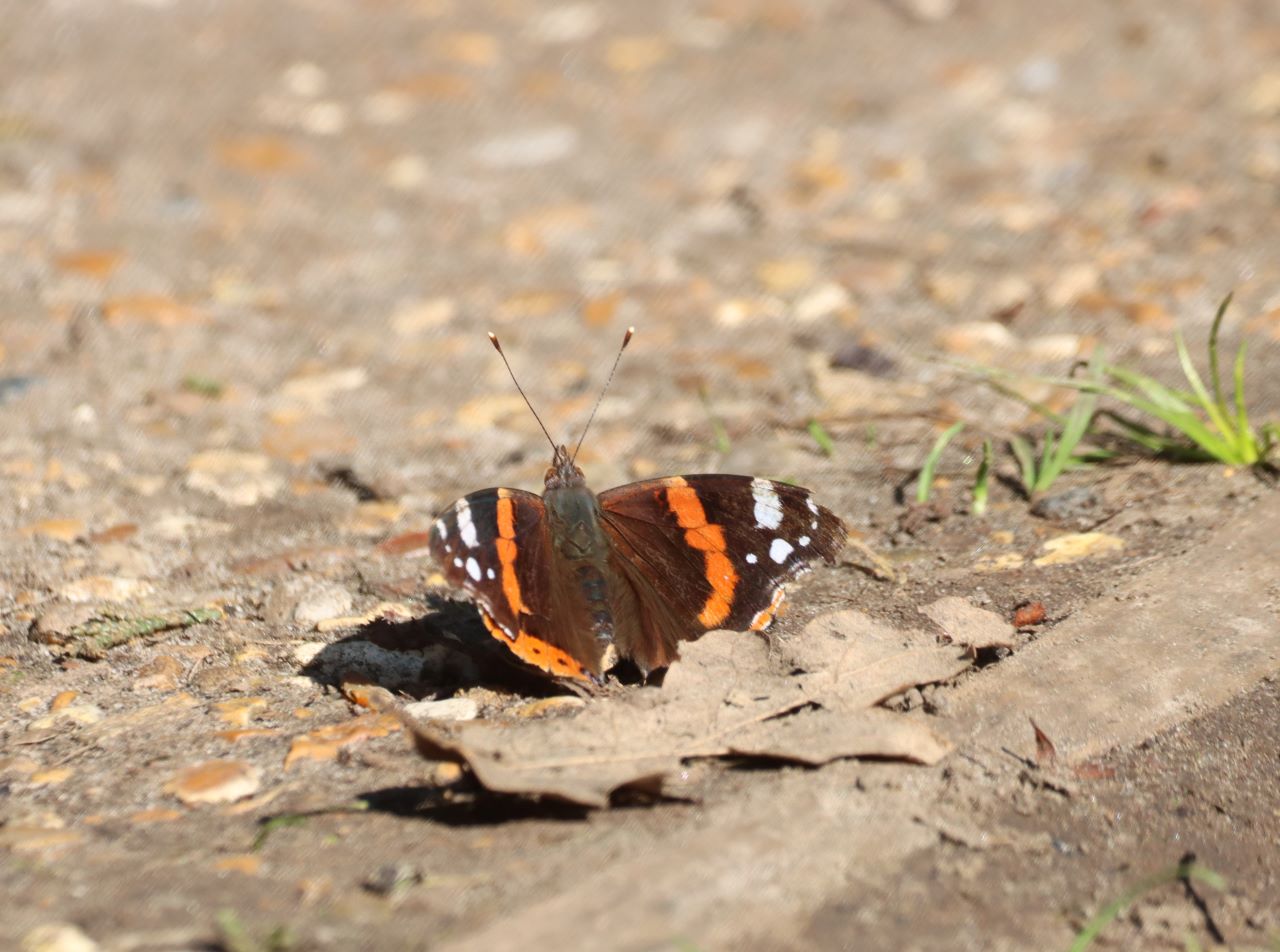
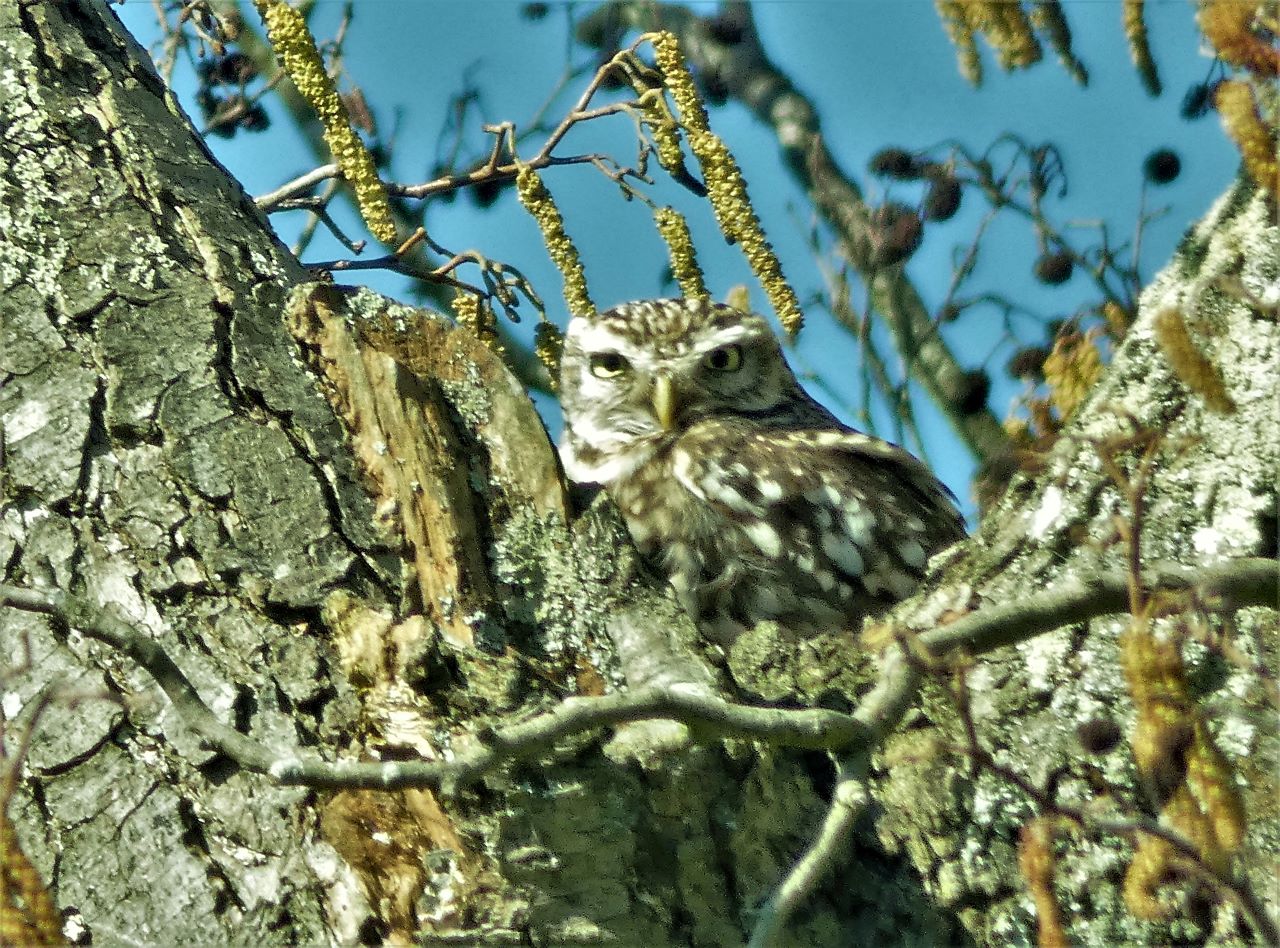
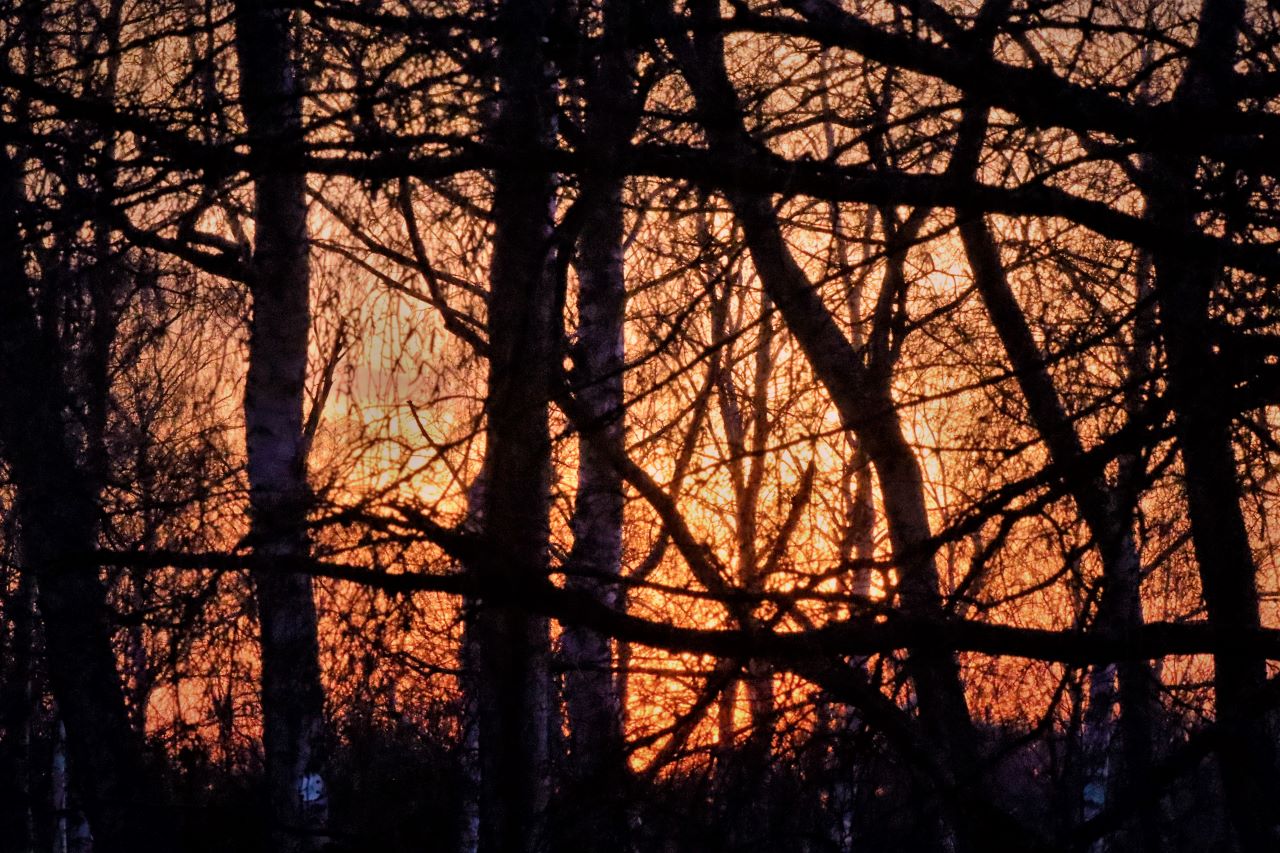









Recent Comments